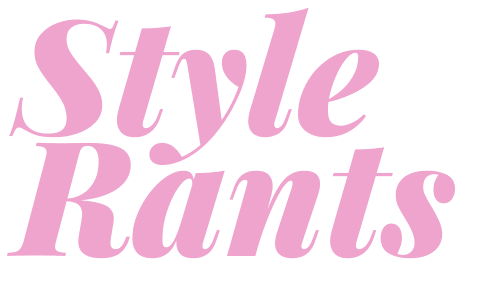Let’s dive into a topic that’s close to our hearts (and heads) – hair treatments. I mean, who doesn’t want to rock those luscious locks with confidence, am I right? But here’s the deal: hair treatments are about so much more than just looking fabulous. They’re like a rejuvenating spa day for your hair, a way to show some love to those strands that put up with all the heat styling, pollution, and whatever else life throws at them. Think of your hair as a reflection of your inner radiance – when it’s healthy and vibrant, it’s like a little confidence boost that follows you around everywhere.
Hair Treatments For Different Hair Types
Let’s break down the best hair treatments for different hair types! Remember, these are just general guidelines, and individual preferences and needs may vary. It’s always a good idea to consult with a professional hairstylist for personalized advice.
- Fine and Thin Hair: Fine hair tends to be more delicate and prone to breakage. Look for treatments that provide volume and strengthen without weighing down your hair. Opt for lightweight, volumizing conditioners and avoid heavy masks that might make your hair appear limp. Consider treatments containing biotin, keratin, or collagen to boost thickness and strength.
- Thick and Coarse Hair: Thick, coarse hair can benefit from deep hydration and smoothing treatments. Look for masks with ingredients like shea butter, coconut oil, or argan oil. These treatments help manage frizz, enhance shine, and provide essential moisture to your hair. If you’re dealing with unruly texture, a keratin treatment can help relax the hair structure for a sleeker appearance.
- Curly and Wavy Hair: Curly and wavy hair often craves extra moisture to maintain its shape and minimize frizz. Deep conditioning masks rich in natural oils, like avocado oil or olive oil, can help define curls and enhance their bounce. Look for treatments that promote curl retention and offer heat protection if you frequently use styling tools.
- Damaged and Chemically Treated Hair: If your hair has undergone coloring, bleaching, or other chemical treatments, it needs some serious repair. Protein treatments, often containing ingredients like keratin or hydrolyzed silk, can help restore strength and structure to damaged strands. Look for products labeled as “repair” or “reconstructive” to rebuild your hair’s integrity.
- Oily Hair: Oily hair can still benefit from treatments without exacerbating the oiliness. Opt for lightweight, balancing treatments that focus on the scalp. Tea tree oil or mint-infused treatments can help regulate oil production and soothe any scalp concerns.
- Dry and Dehydrated Hair: Dry hair craves moisture and nourishment. Deep conditioning masks infused with ingredients like honey, aloe vera, and glycerin can work wonders. Additionally, oil treatments, such as argan oil or jojoba oil, can provide a hydrating boost and help seal in moisture.
- Normal Hair: Lucky you! With normal hair, maintenance is the name of the game. Opt for regular moisturizing and strengthening treatments to keep your hair in its best condition. Look for treatments with a balanced formula that provides nourishment without overloading your hair.
- Sensitive Scalp: If you have a sensitive scalp, prioritize treatments that are free from harsh chemicals and fragrances. Look for products that are labeled as “gentle” or “sensitive scalp.” Natural ingredients like chamomile or aloe vera can provide soothing relief.
So there you have it, the ultimate guide to cultivating a head of hair that radiates health and beauty. Your hair care regimen is your secret recipe, mixing in cleansers, conditioners, leave-in delights, and those oh-so-special treatments designed just for your hair type. Take a beat to evaluate where your hair is now and where you dream it to be – that’s your roadmap to success.


